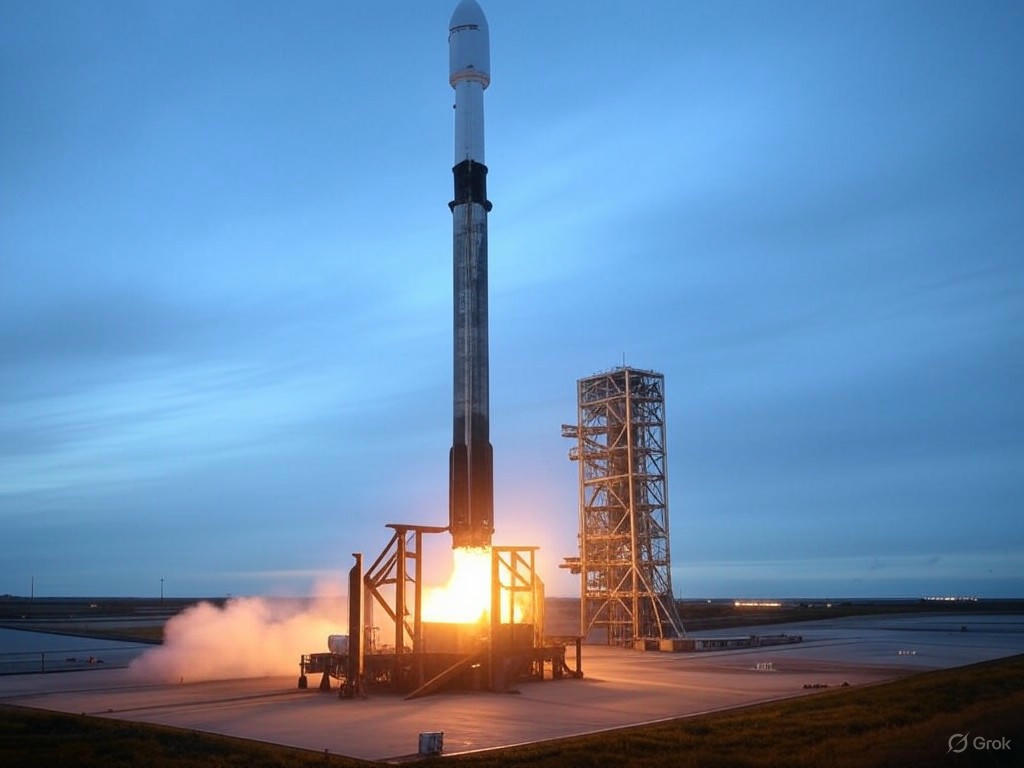SpaceX’s Ambitious Expansion: Aiming for Nine Launch Pads
In a bold move that could reshape the landscape of space exploration, SpaceX is on the verge of securing federal approval to take over another military launch pad. This development, if finalized, would bring the company’s total number of active launch sites to an unprecedented nine, dwarfing the capabilities of most competitors who typically operate with just one or two pads. This expansion underscores SpaceX’s relentless drive to dominate the commercial and governmental space launch sectors, a journey that began with its first successful Falcon 1 launch in 2008.
The potential acquisition of this additional military launch pad is a testament to SpaceX’s growing influence and the trust placed in it by federal authorities. The company, founded by visionary entrepreneur Elon Musk, has already transformed the industry with reusable rockets and ambitious projects like Starlink, which aims to provide global internet coverage through a constellation of satellites. Adding another launch pad, particularly one with military ties, signals a deepening partnership with government agencies, likely for national security missions or other critical operations. This move also highlights the increasing privatization of space activities, as private companies like SpaceX take on roles once reserved for state-run organizations.
What sets SpaceX apart from its rivals is not just the sheer number of launch pads but the strategic advantage they provide. Multiple launch sites allow for a higher frequency of missions, enabling the company to juggle commercial satellite deployments, crewed missions to the International Space Station, and experimental flights for projects like Starship, which aims to make interplanetary travel a reality. While competitors struggle with limited infrastructure, SpaceX’s sprawling network of pads—spread across key locations like Cape Canaveral and Vandenberg Space Force Base—positions it to respond swiftly to diverse client needs. This scalability is a game-changer in an industry where timing and reliability are paramount.
However, this rapid expansion is not without challenges. Managing multiple launch sites requires significant investment in infrastructure, personnel, and regulatory compliance. Environmental concerns also loom large, as each new pad and frequent launches can impact local ecosystems and communities. SpaceX has faced scrutiny in the past for its activities near sensitive areas, and acquiring a military pad may come with additional oversight to ensure safety and security protocols are met. Despite these hurdles, the company’s track record of innovation suggests it is well-equipped to navigate such complexities.
As SpaceX awaits the final nod from federal authorities, the space industry watches closely. If approved, this acquisition could cement SpaceX’s status as the unrivaled leader in space launches, setting a new benchmark for what private companies can achieve. More than just a numbers game, this expansion reflects a broader vision of making space more accessible, whether for scientific discovery, commercial ventures, or humanity’s eventual leap to other planets. The future of space exploration is unfolding, and SpaceX is clearly aiming for the stars.


